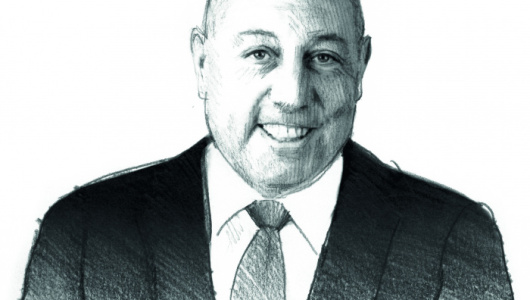Central banks appear increasingly agitated that their monetary policies, while effective in the depths of the pandemic, are now overly stimulative. At its December meeting, the US Federal Reserve (Fed) announced that it would be accelerating its wrap up of quantitative easing. Now several members are suggesting that the Fed could begin shrinking its balance sheet, or quantitative tightening, relatively soon after beginning to raise its key interest rate.
This change of heart is likely due to the remarkable recovery in the labour market. In just over a year and a half since unemployment peaked at 14.7% in April 2020, the figure has fallen to 3.9% – not far off the pre-pandemic lows of 3.5%.
And even now, unemployment continues to plummet – in the past six months alone the unemployment rate has fallen on average 0.3 percentage points per month. Wages are now rising at three times the average wage growth seen in the last decade. It not only looks like the US economy is at or near full employment, but is on course to push beyond that.
Post-pandemic ponderings
With a labour market that is running this hot and US inflation at levels not seen in nearly 40 years, the Fed now has to play catch up – it is expected to begin its hiking cycle in March, and start shrinking its balance sheet shortly after. It is clear the tide of liquidity is turning, and investors would be wise to think about what that means for their portfolios.
In assessing the prospects for stocks, it helps to break down what to expect from the two key drivers of returns – earnings and valuations.
On earnings, the outlook still looks strong thanks to above trend economic growth. Both consumer and corporate balance sheets are in good shape and are primed to continue spending. This will help ensure that demand remains robust. Companies also appear to have pricing power so have been comfortably passing on higher input costs to end customers.
On valuations, a tightening stance will inevitably lead to some jitters in stock markets and provide a stiff headwind for valuations.
It’s useful to remember that stocks are valued on the sum of their future earnings, divided by a discount rate to give the present value of those earnings. Therefore, for a given rise in the risk-free rate (Treasury yields), those future earnings are now worth less when discounted back to today than they were before.
Our base case is that Treasury yields rise and therefore that stock valuations will de-rate. While some areas of the market benefitted greatly from the wave of liquidity that the pandemic unleashed – particularly long duration growth stocks – investors should be conscious of the dangers that the reverse effect could have on areas of the market with elevated valuations.
The ‘now what’ conundrum
Overall we think that earnings growth in aggregate should be sufficient to more than offset the decline in valuations leading to modest positive returns this year.
That’s not to say that a Fed playing catch up won’t cause a problem for markets further down the line. But we believe it’s not the start of the rate hiking cycle that investors should fear, it’s the end of it. Historically stocks have performed well at the beginning of tightening cycles as policy is still accommodative and company profits are benefitting from a strengthening economy.
In each of the past four examples of these periods going back to the 1990s, the S&P 500 has delivered positive returns in the 12 months following the first hike. While markets are forward looking, they tend to be reasonably short sighted and struggle to see a recession more than a year in advance. Thus, they don’t tend to worry too much about the end of the tightening cycle when it’s just beginning.
But beneath headline index returns, rising Treasury yields should coincide with a distinct change in market leadership to that of the last cycle.
This is a time to get active with portfolio decisions. Already in the first few weeks of this year we’ve seen a huge dispersion in the sector returns of the S&P 500. Cyclical sectors such as energy and financials have significantly outperformed the index.
The change in sector leadership would also drive a rotation in country/regional performance. The days of US stock market dominance, driven by its huge weighting to expensive information technology may be ending. We find more value in the cyclical parts of the European and UK markets that sit on more reasonable valuations and stand to benefit from a world of strong nominal growth and rising interest rates.
Don’t fight the Fed is a motto for investors to live by. But in 2022, it’s not yet time to fear the Fed either.
Ambrose Crofton is a global market strategist at J.P. Morgan Asset Management














Comments